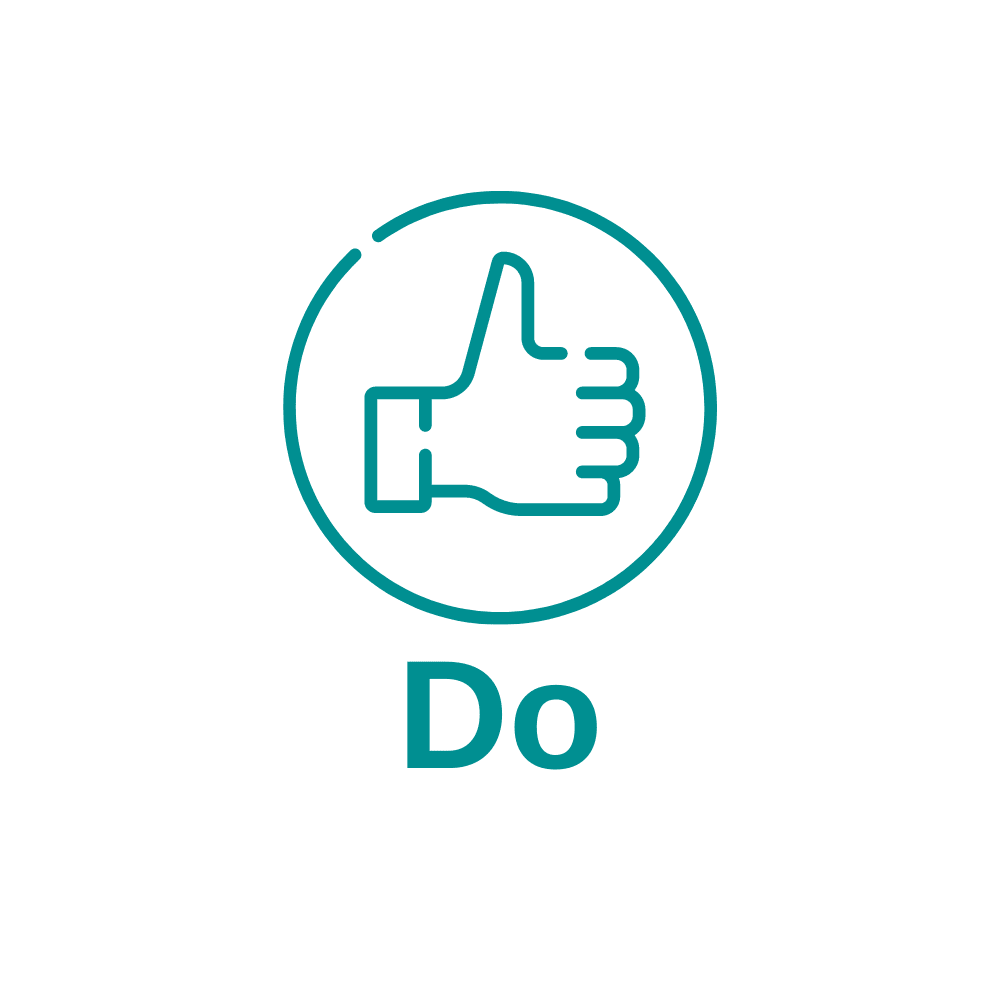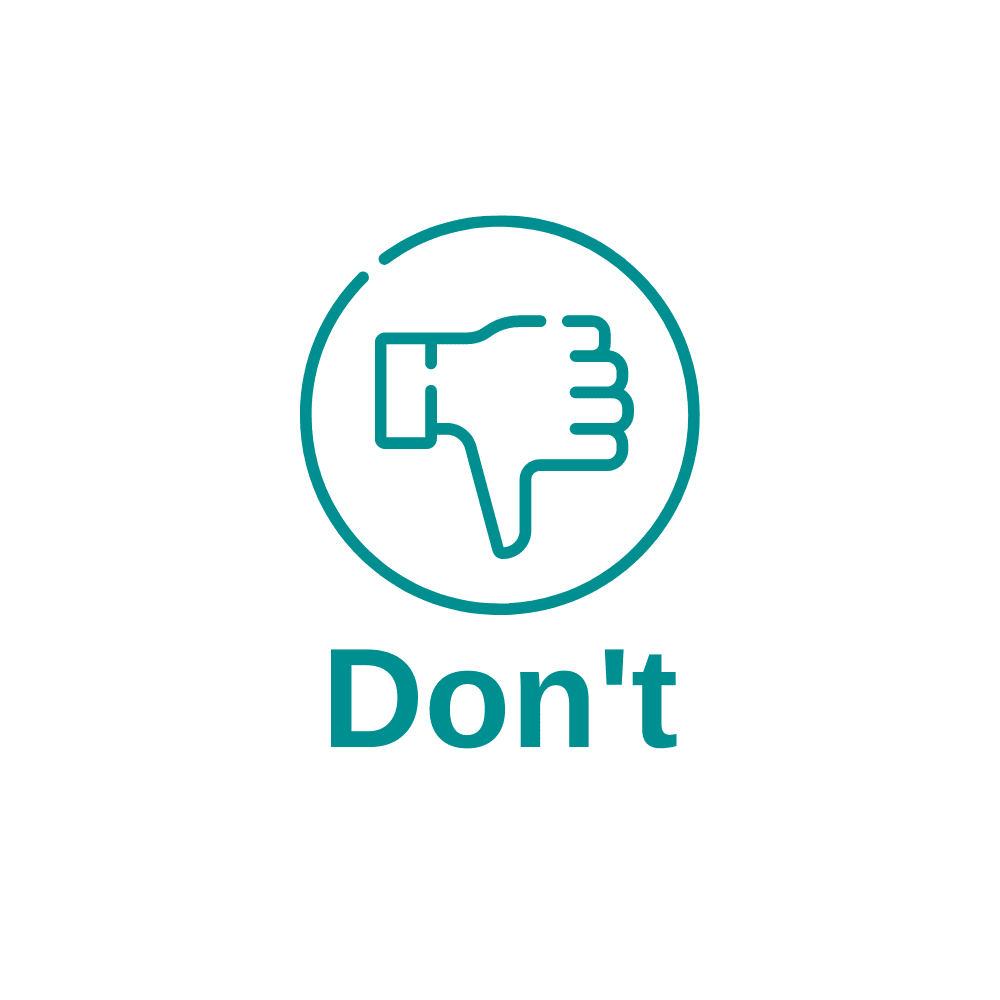CV Guide
How to structure your CV, templates & more!
Name
Address
Phone numbers
Email address
LinkedIn username or hyperlink to your profile
It is no longer necessary to include your date of birth or marital status!
*Top Tips!
Try to avoid common clichés such as team player, dependable, committed, etc.
Amend the personal profile part of your CV for each individual application – this will ensure it stands out and doesn’t come across as too generic.
List the most recent first, including graduation year and University/Institute names
State the level of your qualifications (e.g. Diploma, Ordinary Degree, Honours Degree, Masters or Level 6, 7, 8 or 9) – many organisations have minimum qualification requirements for certain roles
Include professional memberships
Include any other relevant training
Outline in detail your work history beginning with the most recent.
Use bold font to highlight company name, the position you held and dates of employment.
Use bullet points to list responsibilities and achievements.
Remember to include your start and finish dates (e.g. March 2016 – December 2019).
Explain any ‘gaps’ in employment (e.g. Return to full-time education or Travelling).
Achievements:
List in bullet point format any additional skills or achievements that are relevant for your career, e.g.
Specific computer systems.
Technical skills you are proficient in.
Fluency in other languages.
*Top Tips!
Busy interviewers love bullet points as they keep your points neat and concise.
Lead with your strongest section – if your education is stronger than your career history put this in first and vice versa.
If you are listing referees, make sure that:
They are relevant to the sector you are applying to.
They are happy to provide a reference for you.
Their contact details are up to date.
Make sure your CV is well laid out, with clear headings, easy-to-read font and is free from spelling mistakes and grammatical errors.
Keep it clear, concise and relevant – ideally 2-3 pages.
Tailor your CV to the job you are applying to, matching your own experience as best you can to the experience and skills required.
Clarify any ‘gaps’ in your CV e.g. Return to full-time education or Travelling.
Use words that promote positive associations e.g. established, led, successful.
Use action verbs in the past tense such as led, managed, increased, reduced, etc.
Focus on key achievements because achievements tell the reader not just what you have done but how well you have done it.
Use quantified achievements e.g. 1) Achieved 110% of target in my first year. 2) Awarded “Student of the Year” in 3rd-year Mechanical Engineering degree programme. 3) The only member of the team to be awarded for outstanding customer service levels in each quarter of 2020.
Ensure that all of the most important information is listed first and filter out anything that is not relevant.
Re-read your CV and ask a trusted friend or family member to read it as well.

Crowd your CV. As a rule of thumb, two pages is the maximum recommended length, however, if it runs over to three pages, don’t worry!
Write your CV in text paragraphs – Bullet points are best!
Assume the interviewer will know what you have done in each of your roles.
Lie! You won’t have done everything, so don’t pretend you have.
Use “I” too often.
Use textboxes or columns when formatting your CV – keep it clear and simple.
Use jargon – using too many acronyms or in-house terms may be confusing.
Include any sensitive or confidential information regarding your current or past employers.

